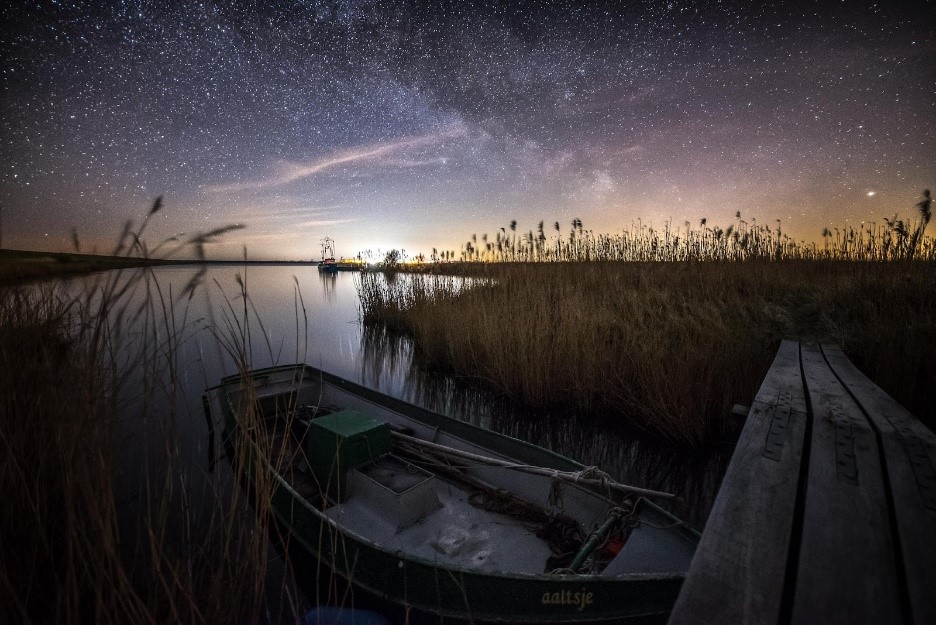
Final partnermeeting and Photo competition
Night Light Starry sky, light pollution, astrotourism an international conference and photo competition organized by the Hajdú-Bihar County Government,
A satellite image of night-time Europe shows a continent that is covered in light. Over 85% of the EU territory is subject to some degree of artificial illumination. This increasing loss of natural darkness has a negative impact on biodiversity and ecosystems and on the quality of nature and the environment. Regions across Europe must intensify their policy efforts to reduce light pollution and protect areas with naturally dark night skies to help preserve their nature and vulnerable landscapes and prevent biodiversity loss. At the same time there are opportunities for sustainable economic development linked to the protection of dark skies. Several EU regions already demonstrate this by creating areas where the dark sky has a protected status and successfully positioning this as an asset to develop new eco-tourism services. In the Night Light project regional authorities from The Netherlands, Hungary, Spain, Luxemburg, Denmark, Slovenia and Italy join forces to improve their regional policies for the prevention of light pollution, preservation of dark skies and the sustainable exploitation of dark sky places. The project will introduce packages of regional policy measures for each of the partner regions that will result in a lasting reduction of light pollution, the designation of nature areas where dark skies are protected and the introduction of new services and facilities to attract eco-tourism to these dark sky areas.
€1,779,905.00
Environment and resource efficiency
Province of Fryslân:
Avila County Council:
Hajdú-Bihar County Government :
Nature Park Our:
Samsø Energy Academy:
BSC, Business support centre Ltd., Kranj:
BASILICATA REGION:
Matera-Basilicata 2019 Foundation:
Island Government of La Palma:
The ‘Streekplan’ is an overarching policy framework for territorial development at regional/provincial and local level for the whole province of Fryslân. The Plan defines the territorial qualities and developments for the region for a 10 year period and sets priorities for action within a broad thematic scope that includes Nature, Landscape, Environment, Economic activity, Heritage, Tourism and Infrastructure.
The Plan is delivered through provincial implementation plans and through the policies and interventions of local/municipal authorities in the province (which must adhere to the plan). The Plan identifies the ‘darkness’ of this rural province as one of its’ core spatial values. Yet, an intermediate evaluation in 2012 showed increasing light pollution in rural and natural areas. In an initial response, the province set up schemes to reduce light pollution from provincial infrastructure and cattle farms.
More efforts are needed to protect the darkest rural and nature areas on a more permanent basis. We intend to mobilise local authorities and private actors across the region to take action to reduce light emissions from their settlements and businesses. And we aim to designate an area where dark skies enjoy a protected status and facilitate the sustainable exploitation of this area. An update of the Plan is due after 2017. This offers an excellent opportunity to formalise these ambitions and prepare further actions with all regional stakeholders.
Territorial and Settlement Development Operational Programme (TOP) 2014 2020 is an ERDF funded, centralised Operational Programme for territorial development of Hungarian regions, aiming at (i.a.) economic development, job creation and development of settlement identity. We aim to improve implementation of following priorities (both linked to T.O. 6):
- Priority 1: Sustainable tourism development
- Priority 2: Enterprise friendly territorial development, incl. improvement of green areas and environmental protection
The 1. priority contains measures in terms of tourism development of the county. Settlements can implement destination developments, improvement of tourist attractions, without harming the environment. This includes valorisation of dark skies in areas where this can be a tourist attraction, such as Hortobágy Dark Sky Park in Hadjú-Bihar. Tourism development in this kind of vulnerable areas requires careful balance of the need for developments, the need for tourists and the need for environment protection.
The 2. priority contains all incentives and development possibilities that a city or a town could utilize to improve the environment of settlements and to implement green concepts. This includes development of green areas, energy efficiency actions and other interventions to decrease environmental.. These developments should aim at the improvement of economic environment that could attract new investors to the area.
The ERDF OP 20142020 is the programme for Investment for growth and jobs in the Castilla y Leon region, of which Avila County is part. As one of its’ priority axes, the OP addresses Thematic Objective 6: Environment and resource efficiency. Through the Night Light project we aim to improve the implementation of this priority of the OP, in particular the Specific Objective 6.4.1. which aims to “Promote the management, soil protection and maintenance of natural areas and of biodiversity, including in protected areas [...].”
To achieve this Specific Objective, the OP supports actions and measures that contribute to the conservation of natural habitats and wild fauna and flora in the region, and that lead to the protection and sustainable exploitation of natural heritage and protected natural areas in the region, including those that are part of the Natura 2000 network.
Night Light will improve implementation of this specific objective by introducing, based on interregional learning, solutions and measures to further reduce light pollution in and around protected Gredos natural park in Avila County, to strengthen the conservation status of its habitats and biodiversity. The project will also introduce initiatives to facilitate responsible ecotourism based on the quality of the protected dark skies in the park.
The Climate Pact is a national programme that sets themes, targets and tools for the climate, nature and landscape protection efforts of Luxemburg municipalities. We will improve implementation of the following action lines of the Pact:
- regional guidelines to protect nature and landscape
- impact reduction and efficiency of lighting infrastructure
- environmental education
- strengthen role of municipalities in landscape and nature protection
- initiatives in local economy, e.g. eco-tourism
The Regional Growth and Development Strategy for Central Denmark Region was adopted in January 2016. It sets the vision for sustainable development, attractiveness and growth of the region by 2025 across a range of policy fields. The strategy identifies 4 focus areas: sustainable transition, coherent urban development, knowledge and skills and focused growth.
Night Light contributes to improving the implementation of the strategy, in particular on the objectives of 2 focus areas:
- ‘Sustainable transition’ aims at reducing the pressure on the environment and on our common resources such as water, nature and landscape and energy in a context of on-going growth in production and consumption.
- ‘Focused growth’ aims to concentrate regional development in sectors where it has a strong competitive advantage based on territorial or other assets. These regional strengths include environment, nature, energy and tourism.
The strategy identifies coastal and nature tourism as an important position of strength for the region. It supports municipalities and companies in nature tourism to jointly strengthen the related value chain, which includes the valorisation of natural values. In support of these 2 objectives, Night Light will plan actions to reduce the environmental pressures from light pollution and allow regional actors to develop new sustainable tourism products based on protected dark skies.
The Natura 2000 Management Programme governs the protection of Natura 2000 areas in Slovenia. With the implementation of the programme, the Republic of Slovenia aims to achieve protection goals and measures for the Natura 2000 areas and at the same time prioritises projects that also contribute to local/regional development, jobs, economic growth and/or preservation of cultural heritage.
With Night Light we intend to improve the implementation of the Programme, more specifically its’ submeasure 7: “Contribution of Natura 2000 network to smart, sustainable and inclusive growth, through the active preservation of nature as a foundation for green growth.” This submeasure targets interventions that combine improved protection of Natura 2000 areas (ecosystems, biodiversity) with facilities to allow visitors to experience these areas (visitors infrastructures, information and education facilities).
The Natura 2000 Management programme does not (yet) specifically address reduction of light pollution or protection of dark skies, although national legislation is in place to reduce light pollution in Slovenia (See territorial context below). The interregional policy learning in Night Light provides the opportunity to improve the implementation of the Programme by introducing practices and measures to actively reduce light pollution and protect dark skies and develop sustainable dark sky tourism initiatives in Natura2000 areas, in particular in the Gorensjka Region of Slovenia.
The ERDF OP Basilicata 20142020 addresses (i.a.) Thematic Objective 6: Environment and resource efficiency. In particular Priority 6C.6.6 (Strand n.5) of the OP sets the objective to enhance natural parks and landscapes and improve ecotourism and innovative models of touristic development in Basilicata Region.
A large part of Basilicata territory is designated as natural park and this is a pivotal asset for its development. As a consequence, the objective of the policy is to enhance this big potential. The programme aims to protect these qualities and increase the attractiveness of natural areas and enhance their environmental peculiarities and biodiversity. At the same time it supports the development of new eco- tourist products for the parks (for instance astro-tourism) and foster innovative touristic products and tools by using new ICT.
NightLight will improve the implementation of this Priority, by introducing measures to reduce and manage light pollution and facilitate ecotourism based on dark skies in the natural parks.
ERDF Regional Operational Programme of the Canary Islands 2014 – 2020 (R.O.P)
The island government of La Palma will tackle the priority 6.3.2 of the R.O.P. addressing, under the Thematic Objective 6, the protection, development and promotion of natural areas, in particular those of touristic interest.
The Island Government expects to improve the implementation of such priority by defining measures to valorise and exploit the competitive advantages it has in sectors requiring clean dark skies, such as tourism, sky observation and astrophysics’ R&D related activities.

Night Light Starry sky, light pollution, astrotourism an international conference and photo competition organized by the Hajdú-Bihar County Government,
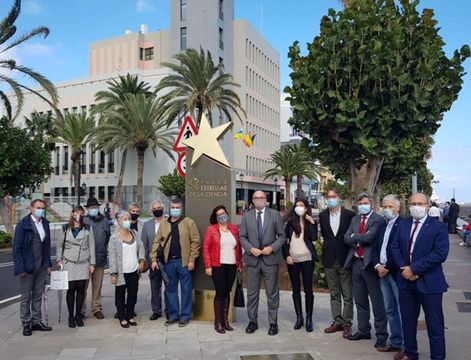
the project called "Walk of the Stars of Science" was inaugurated on December 5th, coinciding with "The Night of the Stars" in Santa Cruz de La Palma.
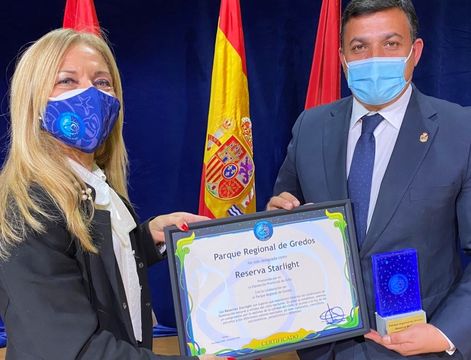
AVILA achieves a major goal on the Night Light project.
CERTIFICATION OF RESERVE STARLIGHT FOR GREDOS REGIONAL PARK – AVILA
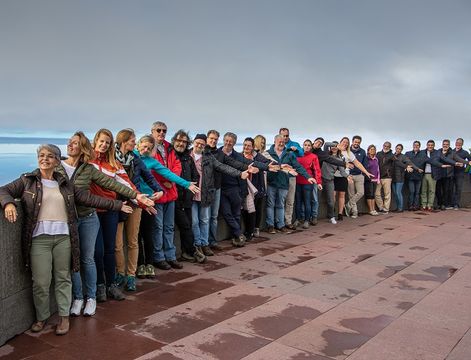
Video Mid Term Pollicy learning Partnermeeting November 2019 La Palma
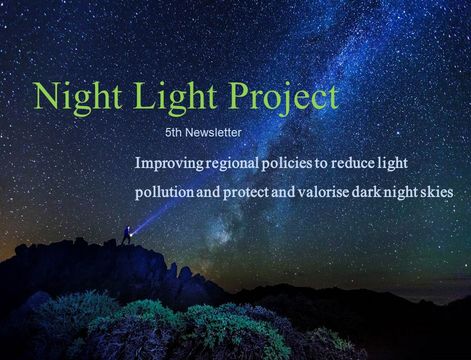
The 5th Night Light newsletter mostly about What are you proud of.

"Diaro de Avila " about the education and Divulgative Night Light activities.
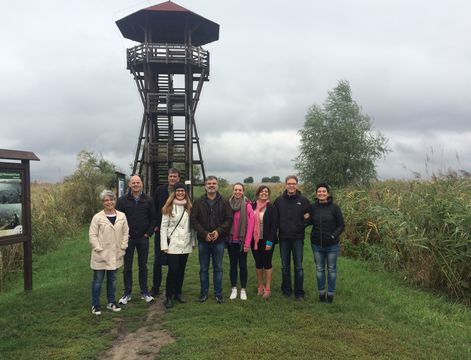
On 23rd February 2018 the Night Light project manager of Hajdú-Bihar County Government will introduce the recommendations to the General Assembly.
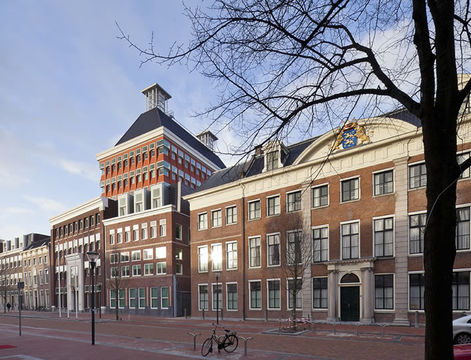
Interreg Night Light Congres about Light Pollution.
6th and 7th of February 2018 in Leeuwarden Fryslân
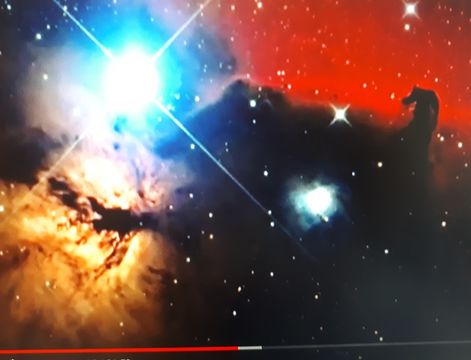
RTCYL8 TV Channel with the interview about Night Light project
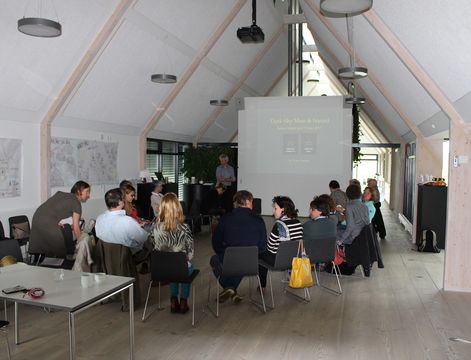
Tom Axelsen from the island of Moen about Light Pollution issues and their certification as Dark Sky Area & Community.